A rear-end crash can happen in seconds, yet the injuries it causes may last for months or even years. Even at lower speeds, the force of impact can lead to serious and sometimes permanent damage.
At Silva Injury Law, our California auto accident attorneys understand how overwhelming it can feel to cope with physical pain, medical bills, and insurance calls after an accident. Knowing the most common rear-end collision injuries can help you recognize symptoms early, get medical care, and protect your legal rights.
For immediate assistance and a free consultation, please call (209) 600-4389 or reach us online today.
11 Common Injuries from a Rear-End Collision
Rear-end accidents are among the most frequent types of collisions in California, often occurring at intersections, stop signs, and in heavy traffic. According to the National Highway Traffic Safety Administration (NHTSA), rear-end crashes make up nearly one-third of all accidents nationwide.
These crashes can injure nearly every part of the body, from the neck and spine to the chest and brain. The severity of these injuries often depends on the speed of impact, whether airbags deployed, and the health of the person struck. While some injuries may seem minor at first, many worsen with time. That is why it is important to understand what types of conditions commonly result from these crashes.
1. Whiplash
Whiplash is one of the most common outcomes of a rear-end collision. The sudden back-and-forth movement strains muscles, ligaments, and tendons in the neck. Symptoms include stiffness, limited range of motion, and persistent headaches.
While many people recover within weeks, some develop chronic pain or long-term complications. Early treatment, such as physical therapy or chiropractic care, can help reduce the risk of ongoing issues.
2. Back Strains and Sprains
The jolting from rear-end accident injuries often causes damage to soft tissue in the back. Strains overstretch muscles, while sprains involve torn ligaments. Both cause pain, spasms, and limited movement.
Even minor discomfort should not be ignored. Without treatment, these injuries may worsen, leading to long-term mobility problems.
3. Herniated Discs
A herniated disc occurs when the soft material inside a spinal disc ruptures, pressing against nerves. This can cause sharp back pain, tingling, or weakness that radiates into the legs or arms.
Treatment may involve medication, steroid injections, or surgery. Because symptoms may resemble other back problems, imaging tests like MRIs are often necessary for diagnosis.
4. Spinal Cord Injuries
Though less common, spinal cord injuries are among the most severe rear-end accident injuries. Depending on the location, they may cause partial or complete paralysis.
Motor vehicle accidents are a leading cause of spinal cord injuries in the United States. Victims often face extensive rehabilitation and high medical costs, making strong legal representation crucial.
5. Concussions
You don’t have to hit your head on an object to suffer a concussion. The violent motion of a crash can cause the brain to strike the skull, resulting in headaches, dizziness, or confusion.
Concussions should always be taken seriously, even if symptoms appear mild. Immediate medical evaluation is key to preventing further damage.
6. Traumatic Brain Injuries (TBIs)
Beyond concussions, some collisions lead to severe TBIs. Symptoms of a TBI may include cognitive changes, mood swings, or difficulty with speech. These injuries often require long-term rehabilitation and can alter a person’s life permanently.
According to the CDC, car accidents are a major cause of TBIs in the United States. Because symptoms may appear gradually, ongoing medical care is essential.
7. Facial Injuries
Facial trauma can occur when a driver or passenger hits the steering wheel, dashboard, or airbag. These injuries range from cuts and bruises to broken bones and dental damage.
Beyond physical pain, scarring or disfigurement can create lasting emotional challenges. Reconstructive surgery may be necessary in serious cases.
8. Broken Bones
Fractures are another common result of rear-end collisions. Arms, wrists, ribs, and legs are particularly vulnerable. Signs include swelling, sharp pain, and loss of function.
Recovery time depends on the severity. While some fractures heal with a cast, others require surgery and extensive rehabilitation.
9. Chest Injuries
Seatbelts protect occupants during collisions, but they can also cause rib fractures or bruising during impact. In high-speed crashes, chest injuries may involve internal organs, such as the lungs or heart.
Symptoms like severe chest pain or difficulty breathing require immediate medical attention. Even bruised ribs can make everyday tasks painful and slow to heal.
10. Soft Tissue Injuries
Muscles, ligaments, and tendons throughout the body can be injured during a crash. Common signs include swelling, bruising, and stiffness that worsens over time.
Soft tissue injuries may not appear on X-rays, making them harder to prove. Consistent medical records help establish their seriousness when filing an insurance claim.
11. Psychological Trauma
Rear-end collisions can also cause lasting emotional injuries. Anxiety, depression, or post-traumatic stress disorder (PTSD) often develops in the weeks or months following an accident.
In California, accident victims can recover compensation for the psychological and emotional damages of a crash caused by another driver’s negligence. Treatment may involve therapy, medication, or both. Mental health deserves the same attention as physical recovery.
Why Prompt Medical Care Matters
Symptoms of injuries from a rear-end collision are not always immediate. Some appear hours or days later. However, seeking prompt medical evaluation can help catch hidden problems and create a record that links your injuries to the accident from the start.
Delaying treatment can give an insurance company grounds to challenge your claim for compensation by arguing that your injuries weren’t serious or weren’t caused by the crash at all. To protect yourself, it’s best to seek medical care immediately after an accident, even if you don’t feel seriously hurt.
How Silva Injury Law Can Help
At Silva Injury Law, we know the impact rear-end collision injuries have on your health, finances, and future. Our attorneys help clients access medical care, gather evidence, and pursue compensation for medical bills, lost wages, and pain and suffering.
We believe in combining compassionate support with strong legal advocacy. With offices throughout California and a track record of standing up to insurance companies, we fight to protect your rights and help you move forward with dignity. If you or a loved one has suffered injuries from a rear-end collision in California, do not face the aftermath alone.
Contact us online or call (209) 600-4389 today for a free consultation and discover how our experienced team can guide you toward recovery.

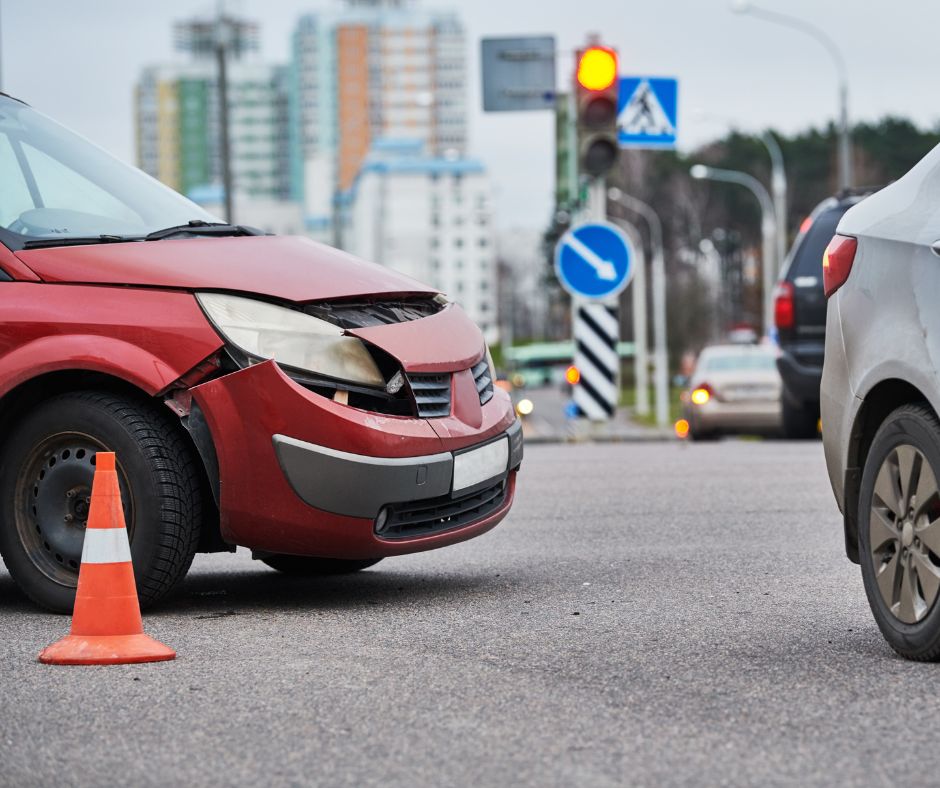

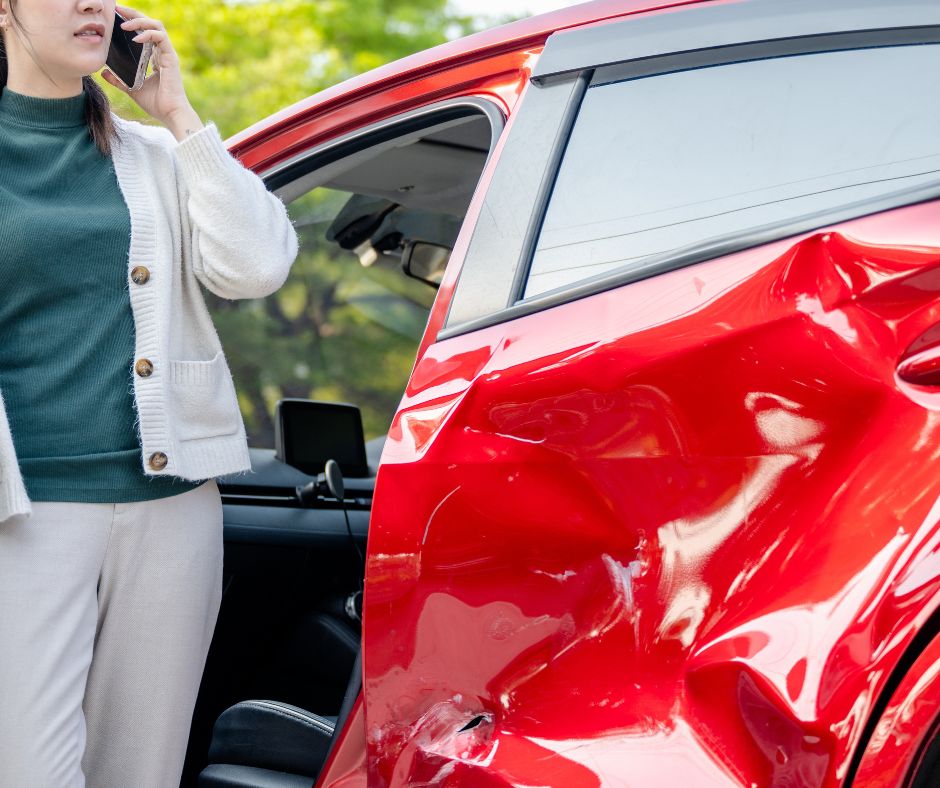
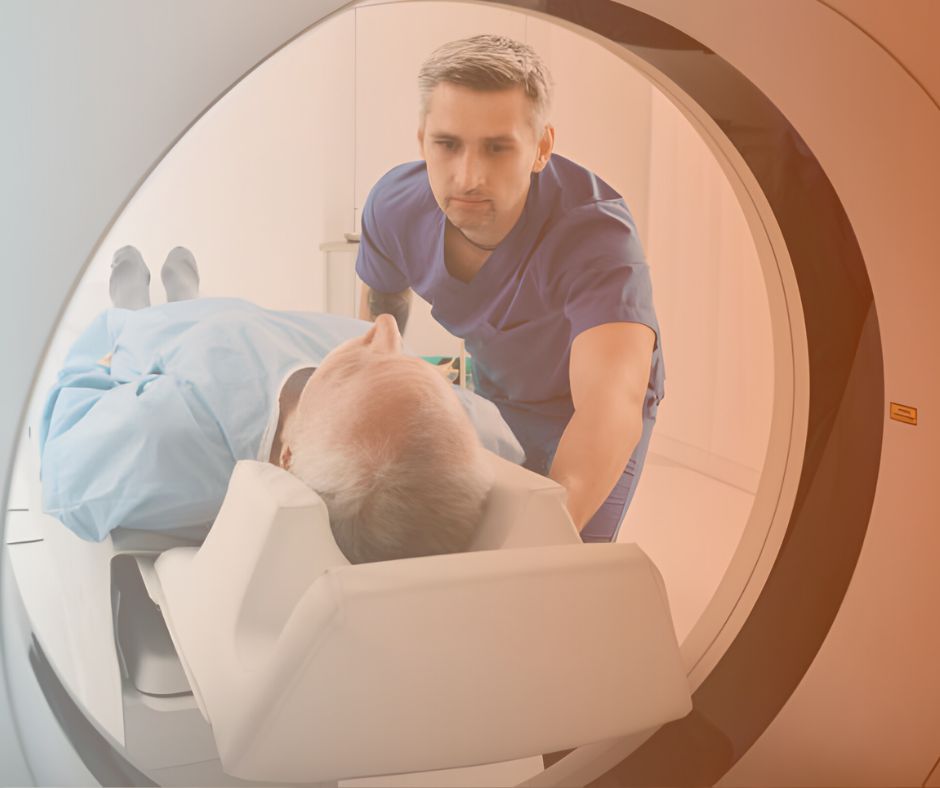




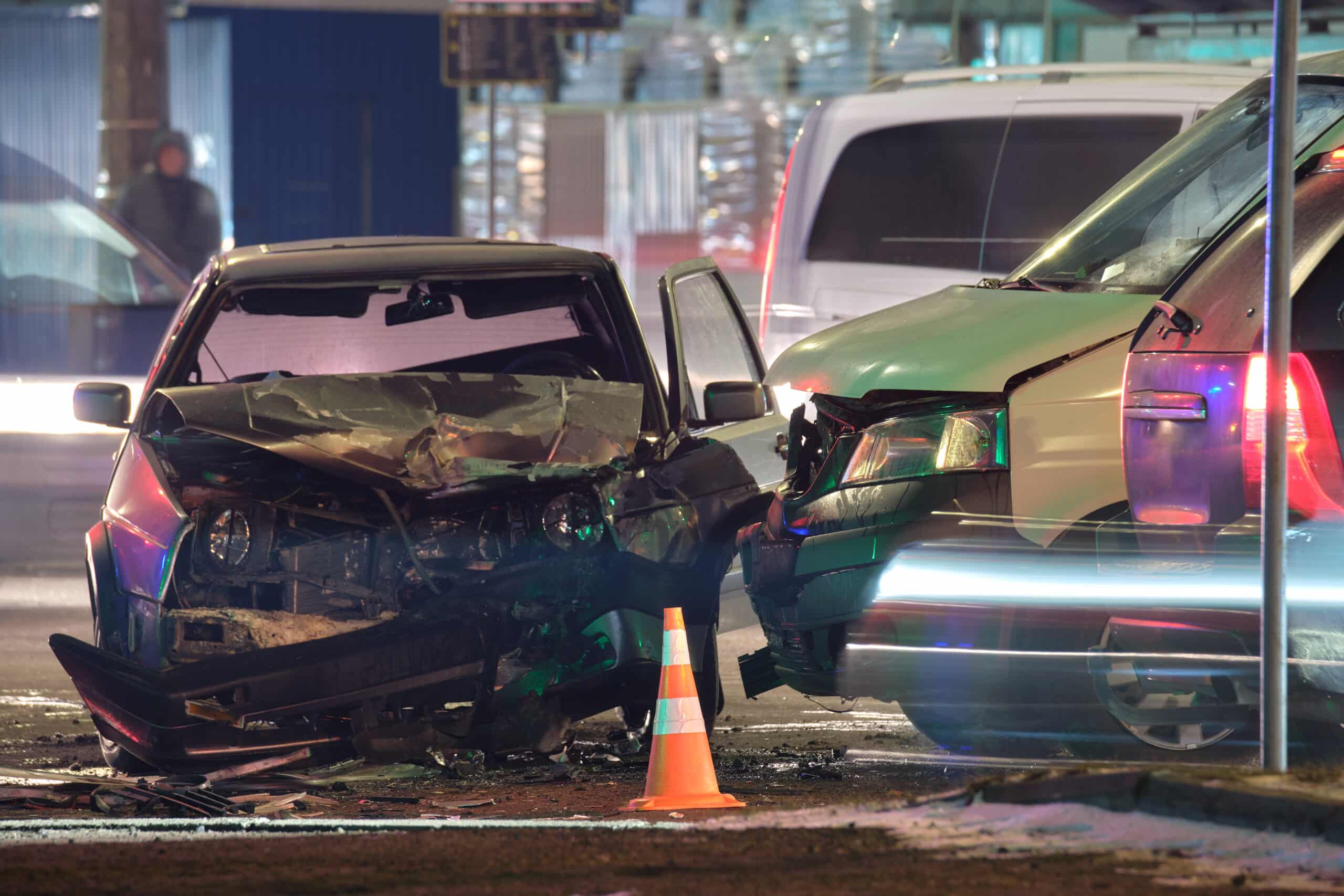

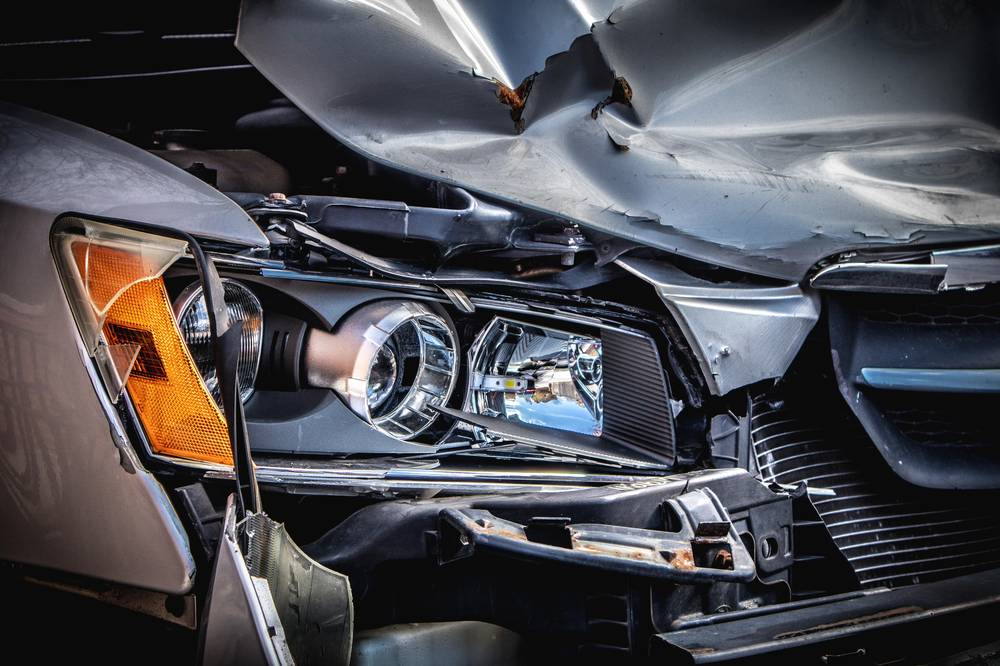
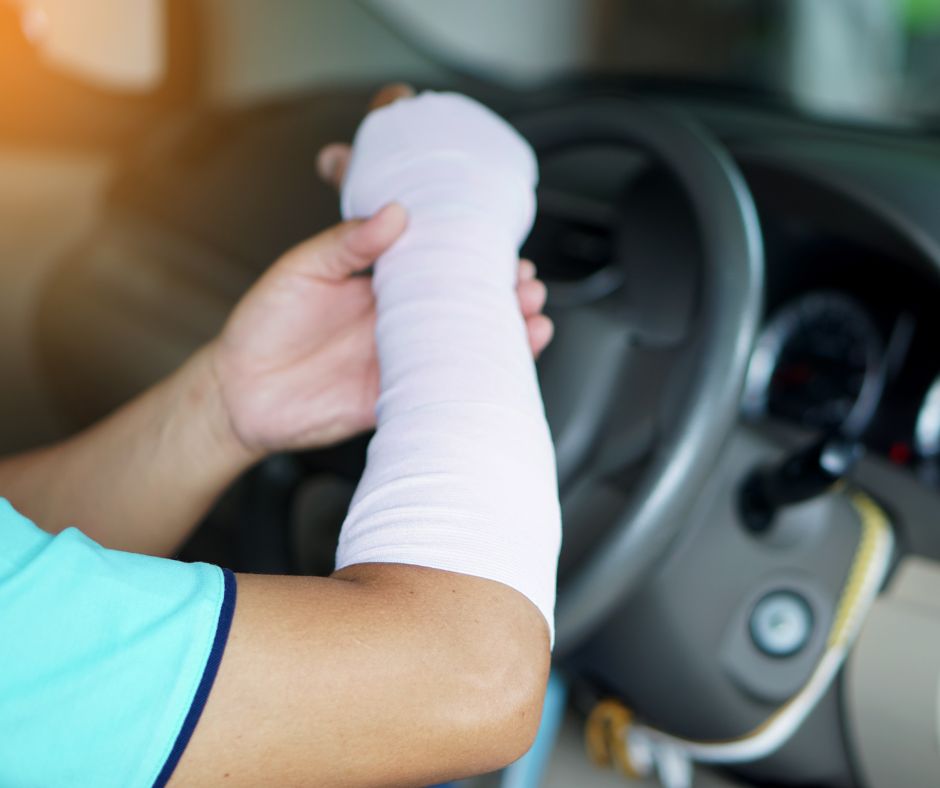




 EMAIL
EMAIL  Ask AI
Ask AI  Access
Access